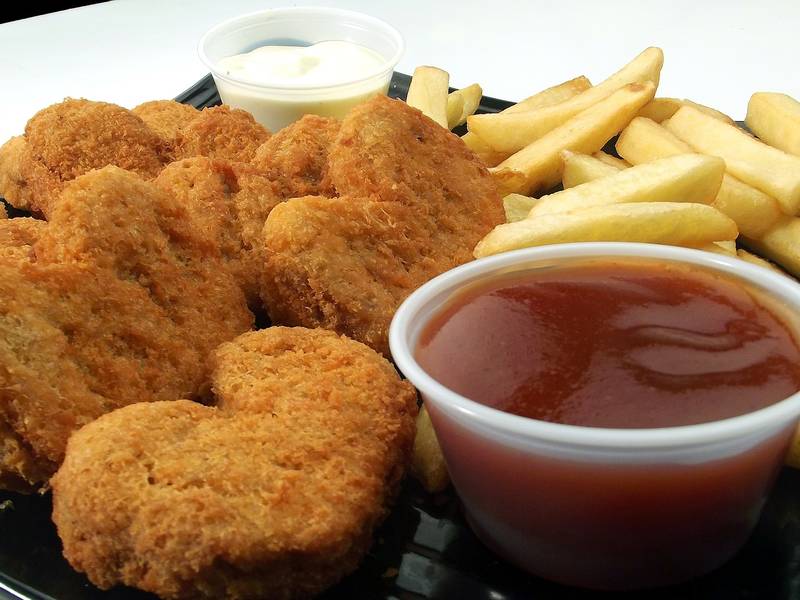
Marco Scaglione
My professional biography and my story are linked together they kept strong by a strap which is called passion. I'm lucky: I like my job, I enjoy it and it fills me with satisfaction.
It was born a new collaboration between Marco Scaglione and Aksum. Click on the logo and visit their site.
INSIGHTS
All insights
Practical guide to food storage

From our home shopping with the shopping bag we have three types of food to store:
stable food: it is not necessary to put them in the refrigerator and can be stored at room temperature (pasta, bread, dried legumes, canned food);
perishable food: it must be stored in the refrigerator for preservation and consumed within a few days of purchase (fresh and raw products);
quick-frozen or frozen food: must be stored in the freezer until it is used.
Let’s see some good practices to know to keep these foods in their proper places, namely: pantry, fridge and freezer.
Newly purchased foods should be placed behind or below those already present: this device facilitates the consumption of products in compliance with the expiry dates, and allows us to have at hand the foods that expire before.
The difference between:
Stable foods are stored in the pantry, which must be cool, dry, dark, away from heat, but some of these products once opened or advanced after the meal should be stored in the refrigerator.
Use airtight containers to store food with non-reclosable packaging, will keep freshness longer;
Perishable foods, on the other hand, must be stored in the refrigerator, which must be kept clean to prevent bacteria from becoming pliant quickly, ensure that the internal temperature is kept around 4-5 C.
expiry date: present in the labels of perishable products with the words "To be consumed within the" which is the limit beyond which the product should not be consumed. For example, fresh pasteurised milk has a shelf life of 5 days from packaging and for health reasons it should not be consumed after that date. The same shall apply to eggs, the expiry of which shall be 28 days after the laying date.
minimum term of consumption (TMC):present in the labels with the words "To be consumed preferably by the"; this indicates that the product, after the date reported, may have changed some organoleptic characteristics such as taste, but can be consumed without risk to health within a reasonably short time.
Avoid overloading the refrigerator with too much food: cold air must be able to circulate freely around the food. If there is not enough space between the products, the air will not be able to circulate and the correct temperature distribution will be hindered.
It is necessary to separate raw foods from those cooked or ready to be consumed (avoid storing them on the same fridge). This prevents micro-organisms which may be present in raw foods from being transferred to cooked foods or ready for consumption.
Cross-contamination (or cross-contamination) is referred to when there is a direct or indirect passage of pathogenic micro-organisms from contaminated foods to other foods. Cross-contamination is one of the main causes of food poisoning and is often due to the incorrect placement of food inside the home refrigerator.
Finally, we have frozen foods and frozen foods.
 English
English
 Italiano
Italiano
 Español
Español
 Francais
Francais


 Share on:
Share on:









